It's finally complete! I assume this is the first replica of the United States on SimplePlanes.
Info from Wikipedia
SS United States is a luxury passenger liner built in 1952 for United States Lines. It was designed by American naval architect William Francis Gibbs to capture the trans-Atlantic speed record.
Built at a cost of $79.4 million ($724 million in today's dollars)[1] the ship is the largest ocean liner constructed entirely in the US and the fastest ocean liner to cross the Atlantic in either direction. Even in her retirement, she retains the Blue Riband, the accolade given to the passenger liner crossing the Atlantic Ocean in regular service with the highest speed.
Her construction was subsidized by the US government, since she was designed to allow conversion to a troopship should the need arise.[10] United States operated uninterrupted in transatlantic passenger service until 1969. Since 1996 she has been docked at Pier 82 on the Delaware River in Philadelphia.
Design and construction Edit
Inspired by the exemplary service of the British liners RMS Queen Mary and Queen Elizabeth , which transported hundreds of thousands of US troops to Europe during World War II, the US government sponsored the construction of a large and fast merchant vessel that would be capable of transporting large numbers of soldiers. Designed by renowned American naval architect and marine engineer William Francis Gibbs (1886–1967), the liner's construction was a joint effort between the United States Navy and United States Lines. The US government underwrote $50 million of the $78 million construction cost, with the ship's operators, United States Lines, contributing the remaining $28 million. In exchange, the ship was designed to be easily converted in times of war to a troopship with a capacity of 15,000 troops, or to a hospital ship .[11]
The vessel was constructed from 1950–1952 at the Newport News Shipbuilding and Drydock Company in Newport News, Virginia. Her keel was laid and the hull constructed in a graving dock. United States was built to exacting Navy specifications, which required that the ship be heavily compartmentalized and have separate engine rooms to optimize wartime survival.[12] A large part of the construction of United States was with prefabricated sections. The ship's hull comprised 183,000 separately fabricated sections.[13]
During World War II, the French liner SS Normandie had been seized by US authorities at New York and renamed USS Lafayette. In 1942, the liner caught fire while being converted to a troopship by the US Navy. After millions of gallons of water had been pumped into her in an attempt to extinguish the flames she capsized onto her port side and came to rest on the mud of the Hudson River at Pier 88, the site of the current New York Passenger Ship Terminal. As a result of this disaster the design for of the United States incorporated the most rigid U.S. Navy standards.[14] To minimize the risk of fire, the designers of United States used no wood in the ship's framing, accessories, decorations, or interior surfaces. Fittings, including all furniture and fabrics, were custom made in glass, metal, and spun glass fiber to ensure compliance with fireproofing guidelines set by the US Navy. Asbestos-laden paneling was used extensively in interior structures.[15] Specially commissioned artwork included pieces by fourteen artists, including Nathaniel Choate, muralist Austin M. Purves, Jr., and sculptor Gwen Lux. Although the galley did feature a butcher block, the clothes hangers in the luxury cabins were aluminum. The ballroom's grand piano was of a rare, fire-resistant wood species—although originally specified in aluminum—and accepted only after a demonstration in which gasoline was poured upon the wood and ignited, without the wood itself igniting.[16]
The construction of the ship's superstructure involved the greatest use of aluminum in any construction project to that time, and posed a Galvanic corrosion challenge to the builders in joining the aluminum structure to the steel decks below. The extensive use of aluminum provided significant weight savings.[17]
United States had the most powerful steam turbines of any merchant marine vessel, with a total power of 240,000 shaft horsepower (180 MW) delivered to four 18-foot (5.5 m) diameter manganese-bronze propellers. This was the equivalent design of a Forrestal-class aircraft carrier and gave her the greatest power-to-weight ratio ever achieved in a commercial passenger liner, before or since. The ship was capable of steaming astern at over 20 knots (37 km/h; 23 mph), and could carry enough fuel and stores to steam non-stop for over 10,000 nautical miles (19,000 km; 12,000 mi) at a cruising speed of 35 knots (65 km/h; 40 mph).[18]
Decoration
Decor included a children's playroom designed by Edward Meshekoff.[19]
Specifications
General Characteristics
- Created On iOS
- Wingspan 12.4ft (3.8m)
- Length 98.9ft (30.1m)
- Height 20.2ft (6.2m)
- Empty Weight 27,107lbs (12,295kg)
- Loaded Weight 66,841lbs (30,318kg)
Performance
- Horse Power/Weight Ratio 0.044
- Wing Loading 439,839.3lbs/ft2 (2,147,483.6kg/m2)
- Wing Area 0.0ft2 (0.0m2)
- Drag Points 13021
Parts
- Number of Parts 183
- Control Surfaces 0
- Performance Cost 491

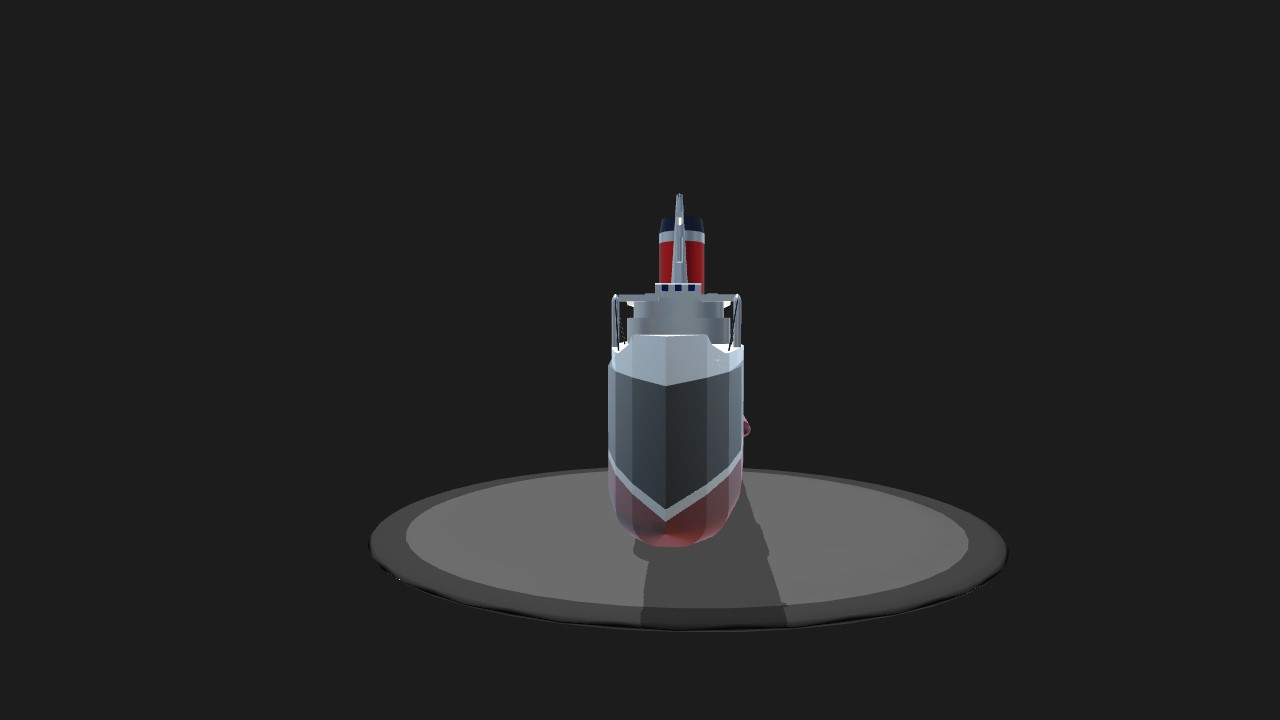

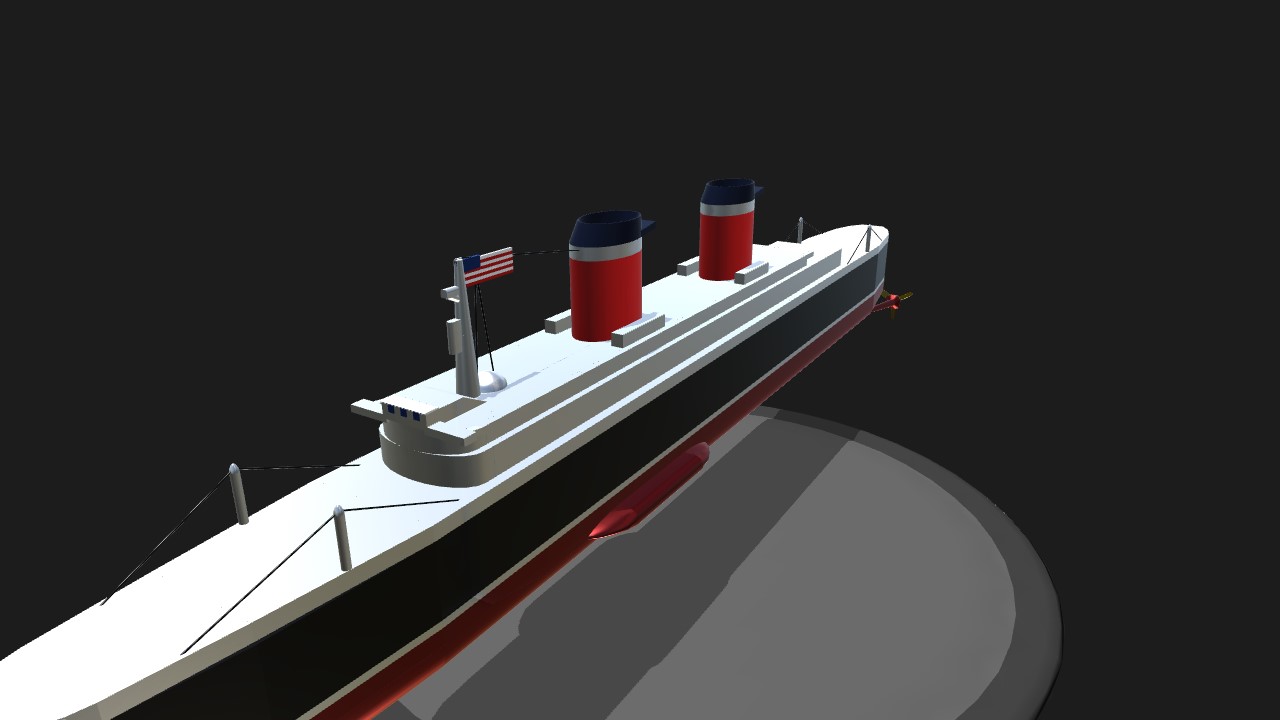
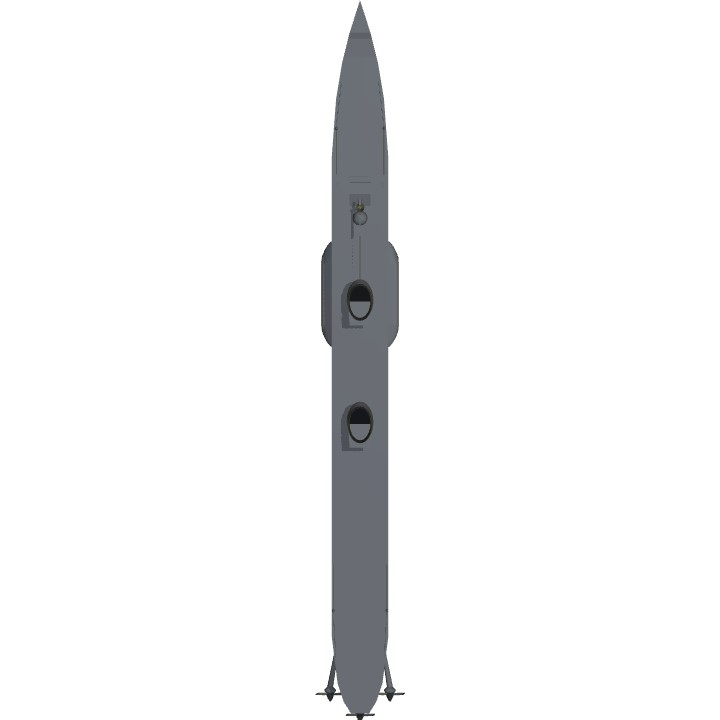
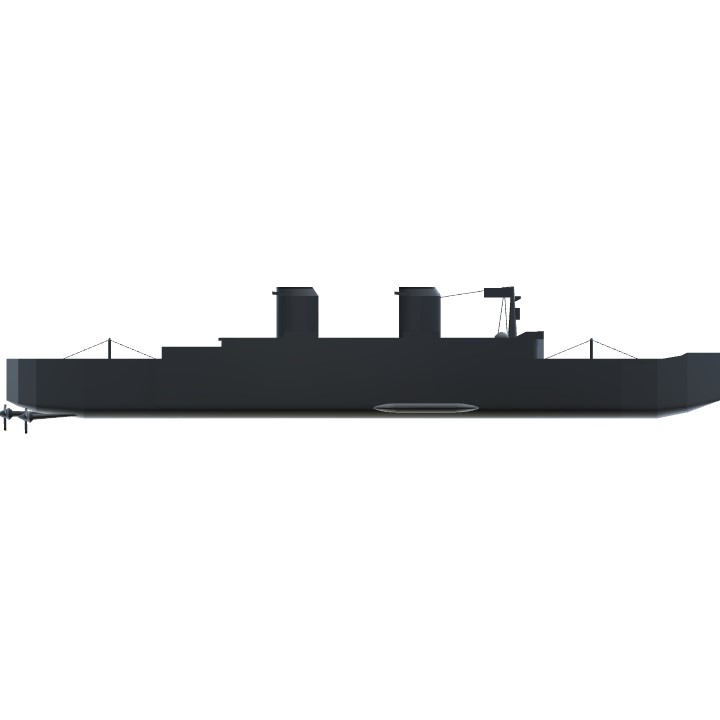
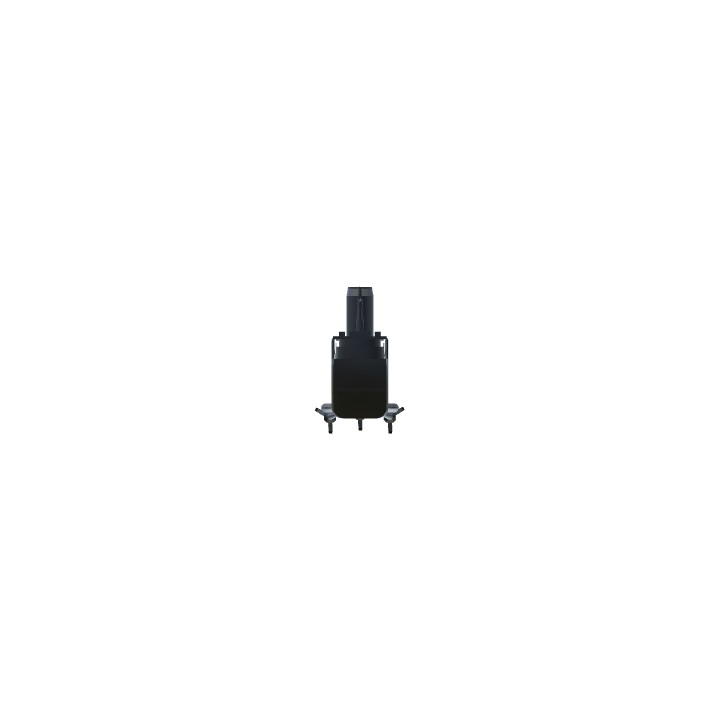
Yes! (Which one will win?) @WEAPONSMITH
Sure! @CRJ900Pilot
Oh. Cool. Can you tag me on that?@InternationalAircraftCompany
I'll release a more detailed version tomorrow (rudders, moar stuffz). @CRJ900Pilot
That was almost as fast as sanic. @WEAPONSMITH
I have a WOW OVERLOAD! @WEAPONSMITH
Very patriotic. I like it!